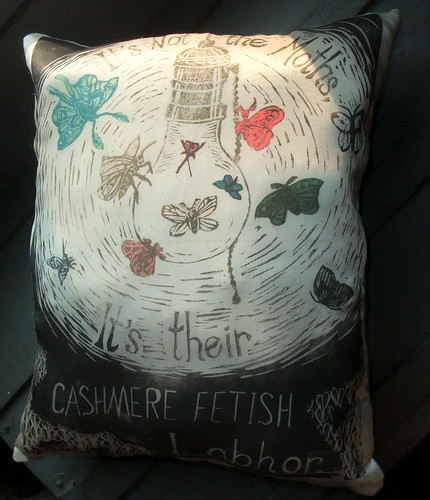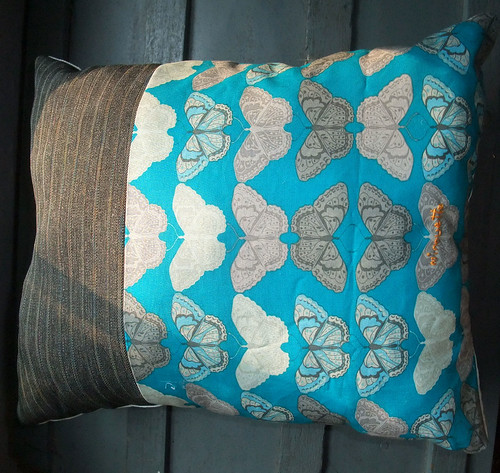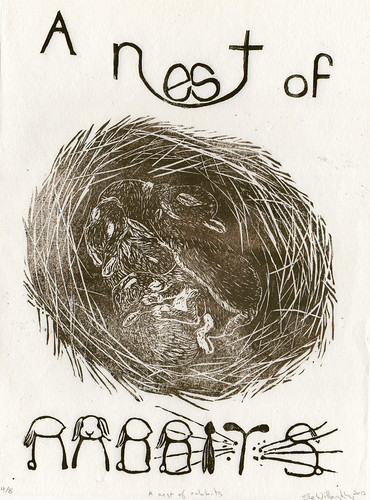(image credit:
Chris Silas Neal)
12. The Sea - A Cultural History by John Mack This was an very interesting book, though somehow it didn't quite keep me engaged. I would recommend this book as an interesting read, perhaps in small doses, along with some other reading. In fairness, I think I am not well disposed to reading uncorrected page proofs (like this one). I do get caught in details.* The one thing I would have preferred in fact would be more. Some of the things which interest me, like (obviously) marine science**, exploration, map making, the depths, shipwrecks, and women at sea, naval architecture and piracy are given short shrift. I think this book could easily have grown into a much larger project. As it is, it's more of an anthropological, sociological and English literature history (with a touch of art history) of the sea than a full cultural history of the sea - which is a fascinating thing, but not a complete thing. I did particularly appreciate the careful study of cultural differences in navigation. In the west (particularly the Mediterranean) we historically focus on a tradition of 'coasting' (travelling from port to port, largely within sight of shore) and we give a lot of credit to explorers' "discoveries" (of inhabited, clearly already discovered places). Too often we learn western history as world history, so the details on Ibn M jid and 15th century navigation in the Arab world were refreshing. I appreciated the contrast between (southern) European methods with the tradition of navigation in the Arab world (which largely involved knowing the monsoonal weather patterns and latitudes of all ports, finding the requisite latitude and going straight across a line of latitude). This in turn can be contrasted with the Polynesian navigation tradition, which was more about relative headings maintained with reference to astronomical cues in the presence of currents, wind and waves. In an oceanic world dotted with small islands, the sea is viewed as connecting, rather than separating people. I also enjoyed learning of societies like the Sea Gypsies of Malaya, who, as near as possible, live on the ocean.
(image: by
*Like most people who go to sea, I admire Captain Cook and thus was stumped when I read about his contributions to "geography and hydrology". Hydrology? Cook did many things, but nothing like the work of hydrologists I know (who study the action of water in geology). Eventually I concluded that this was a typo and hydrography was intended - something more obviously paired with geography, after all. But, I wasted a lot of time puzzling over this. Also, when the Nootka people of BC are described as living on an island west of "Victoria Island" it really annoys me; there is no "Victoria" island. I know it's confusing that Vancouver is on mainland and Victoria is on
Vancouver Island, but since the Nootka were mentioned when discussing Captain Vancouver, you think it might have occurred to someone. It's the largest Pacific island east of New Zealand, so it's sort of hard to miss. I don't think most people would be irked by such details (unless they happen to have lived on Vancouver Island and done marine geophysical research off Nootka Island).
**SCIENCE IS PART OF CULTURE.
{Series so far:
books read,
more books read,
books read,
books read continues,
more books read,
I,
II,
III,
IV,
V,
VI,
VII,
VIII,
IX,
X,
XI,
XII,
XIII,
XIV,
XV,
XVI,
XVII,
XVIII,
XIX,
XX,
XXI,
XXII,
XXIII XXIV,
XXV,
XXVI,
XXVII,
XXVIII,
XXIX,
XXX,
XXXI,
XXXII,
XXXIII,
XXXIV,
XXXV,
XXXVI,
XXXVII,
XXXVIII,
XXXIX,
XL,
XLI,
XLII,
XLIII,
XLIV,
XLV,
XLVI,
XLVII,
XLVIII,
XLIX,
L}















